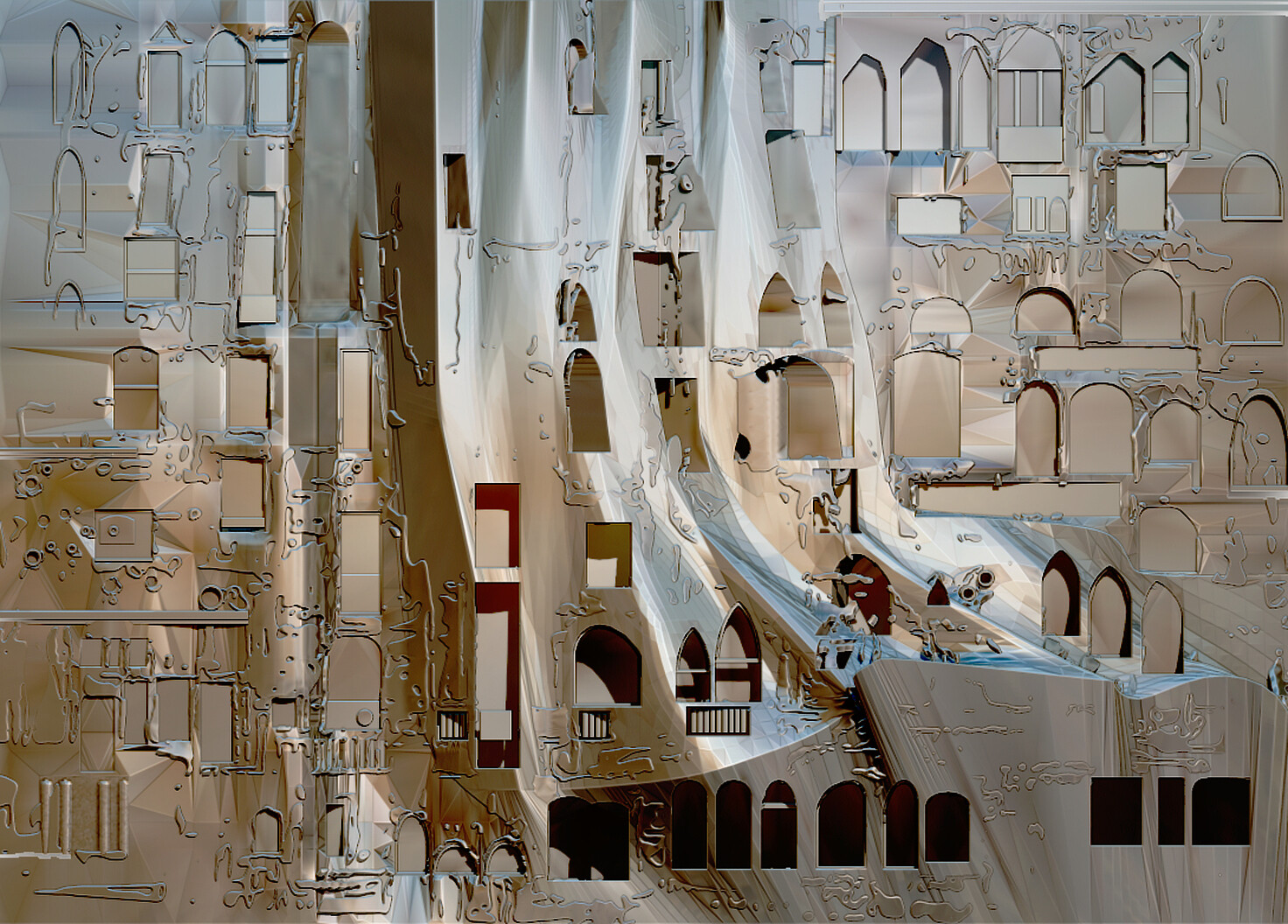Contemporary life is sustained by the mediums and networks of global supply chains and logistics. As they infiltrate everything from our material landscapes and cultural imaginaries to our personal, national, and international economies, their byproducts and side-effects range in articulation, scale, and reach. These systems transcend their origination as pragmatic instruments and become cultural modes of operating with the capacity to fundamentally alter everything from architecture to social logics as they become widespread visceral phenomena. Shipping and handling—that ether of managed quantities and collapsed distances, where all material fragments get reduced to a bounding box with a tracking number, a data point in the matrix of contemporary infrastructures—is one such system. At a global scale, shipping and handling operates as part of the abstract, black-box data space of trade agreements, flow contracts, and port urbanisms. But at the human scale, it is palpable: there are cardboard boxes waiting to be delivered; the login needed to access the order’s tracking number; the neighbor who signed for it in your absence; the thing itself you ordered, which is, of course, the wrong size; and then everything it takes to send it back.
Negotiating the exchange between these global and human scales are boxes, crates, containers, and other rectilinear armatures of commodity mobility that are simultaneously material and immaterial, object and system. They are material insofar as they are actual containers with a physical form, but also immaterial in that they cannot be dissociated from the informational traces they bear. They are simultaneously object and information; the point of contact where the physical becomes data. The box is the logistical unit of the material world, the bounding box, the metric of spatial thinking. These standardized units of material mobility function as a general stand-in for all that which is fillable and evacuable. They are a subliminal force in the construction of space; a form of thought, an ordering system, an icon. The box, a material shelter for goods, with its fundamental ability to contain and transport, has become one of the main characters in the dizzying expansion of global shipping and e-commerce, ushering in the explosion of modern day commodity exchange.
Boxes are of and for circulation, in the service of efficiency and optimization. The stuff within, no longer differentiated from the bounding box, is discretized into data as it integrates into the larger field of fulfillment. The work of Walead Beshty points to what he calls “the unbearable compromise of that which is portable,” as well as the fact that FedEx owns both the design of the object-box and its exact dimensions, its specific volumetric proportion.1 An abstract volume is its legal boundary; its shape, its economic unit. The logistical object and the systems it dwells in are codependent, as is the culture that sends and receives them. Weight and dimension supersede everything else. Management obsolesces specificity. As media scholar Claus Pias writes: “In the box, all histories are reconfigured with each load. Stackable and optimally filing the transport volume of its vehicles, it ideally receives its measurements from the superordinate box. This transport optimization makes boxes become containers in containers.”2
At a global scale, shipping (and the systems that govern its efficiencies) is responsible for turning the surface of the earth into a fulfillment center, while at a human scale it has fundamentally changed our personal relationships to objects, how we acquire, and even how we own them. Shipping imbues a state of transience on all things. Notions of ownership get replaced with convenience. We acquire and own the parts that make up our lives, but only for the time being, so long as they’re good enough. Buy and return or sell, or move, or store, or replace, or just rent and never own… Objects perpetually in circulation instill into society an endemic mobility.
Transport containers organize, bind, shelter, and delimit content in anticipation of an economically-bound spatial exchange; one that constantly attempts to regularize form, square it out, flatten it, standardize it, and turn it into a quantifiable dataset. In this boxy microeconomic logic, the integrity of the perimeter casing, the tight fit, the safe air gap, the healthy offset, the soft cushion, the level landing, the legible label, and the care and method of its packaging; everything is economized. The actual materiality of the apparatus—its details, bolts, base, handles, protective edges, footings, levelers, soft surfaces, and reinforced corners—are constitutive of the phenomenon at large.
In a system that strives for efficiency, “difficulty” becomes an act of resistance, and shape a potential act of irreverence. The formal plasticity of Careful Crates: A Culture of Shipping (2018) contradicts the optimizations of standardized shipping units and serves as material resistance to the “bounding box” economy that dematerializes content in anticipation of its global circulation. Objects within the boxes are covered in multiple layers of foam, located inside other crates, wrapped in plastic, placed on pallets, and held by straps, ad nauseam, ad absurdum. One protective layer after another, object and crate become complicit, creating a mutual responsiveness. The manifold boundaries, corners, and edges of the objects contained resonate beyond the assembly itself and form a new whole, while the bounding shape of the container binds all parts within into a visible order. The careful crate becomes a pictogram of its contents, and thus resistant to the bounding box economy, the exhaustingly out-of-reach, yet deeply intimate world of global shipping.
Contemporary capitalism creates a knowledge gap between sites of extraction and consumption. It conceals parts of the diagram of acquisition and distribution, making it difficult to have an understanding of the whole. Careful Crates attempts to zoom into its parts, its byproducts in order to gain an understanding of the whole. The crates are placed in a stage-set reminiscent of the interior of a warehouse environment, where comedian Ana Fabrega explains the virtues of several crates and boxes based on an unknown and perhaps nonsensical criteria, giving alternative narratives to these commercial closed-looped systems and attempting to explicate the way unit-based thinking of shipping makes its way into everyday life.
A 1am stroll through eBay, you ask, is it fake or an original? You should know, you’re basically an expert now. Fifteen tabs, each with a different color, hoping you can zoom into far enough to know what it will actually look like. 3–5 days, $35 next day. Will it arrive on time, or will it bring everything to a halt? How is shipping sometimes free, and other times breaks the bank? Packaging material comes wrapped in packaging material. It doesn’t make sense. It all makes sense.
This culture of shipping has not only changed our relationship to stuff and how we acquire them by extension, but also to spaces where stuff is housed and sold. These transport-logistical systems increasingly serve as the intermediary between bodies, digital interfaces, and the material world, and are fundamentally changing built environments, from our homes to warehouses and storefronts.
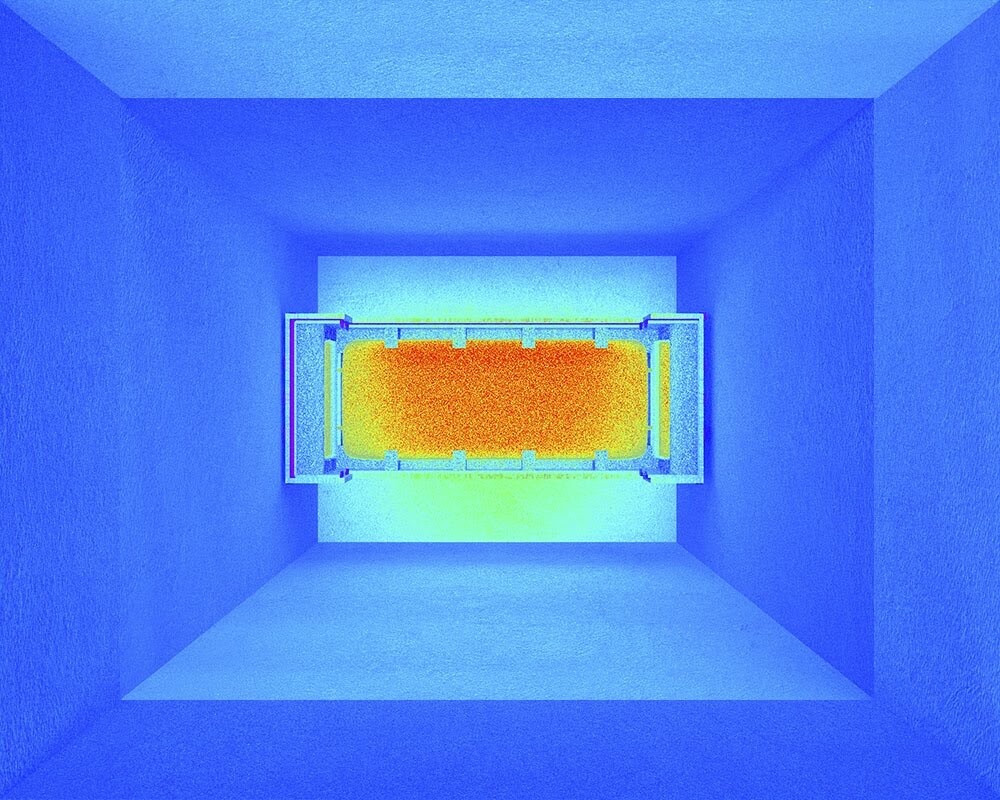
Laida Aguirre, Couch Crate Heatmap, from Careful Crates: A Culture of Shipping, 2018, video still.
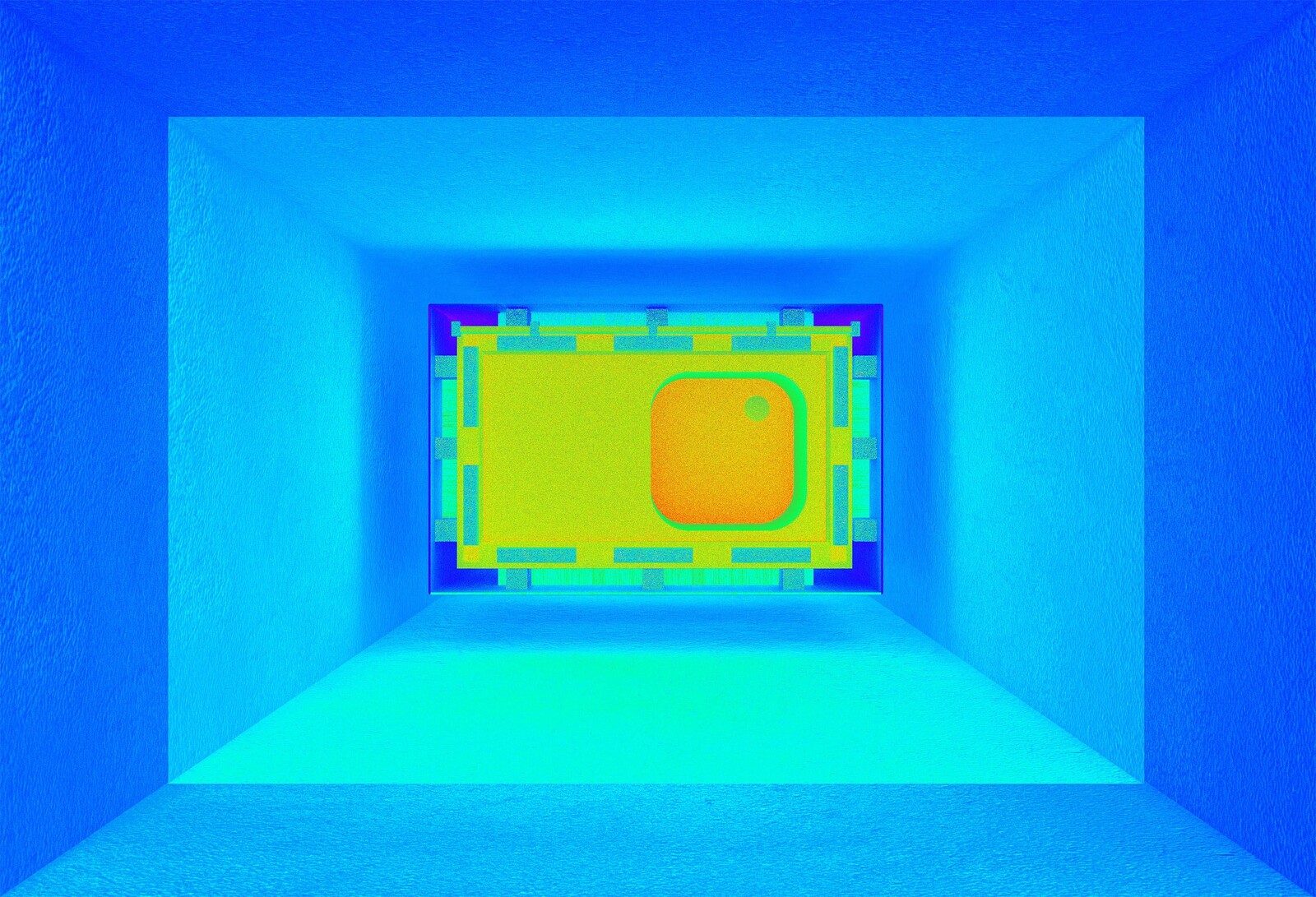
Laida Aguirre, Sink Crate Heatmap, from Careful Crates: A Culture of Shipping, 2018, video still.
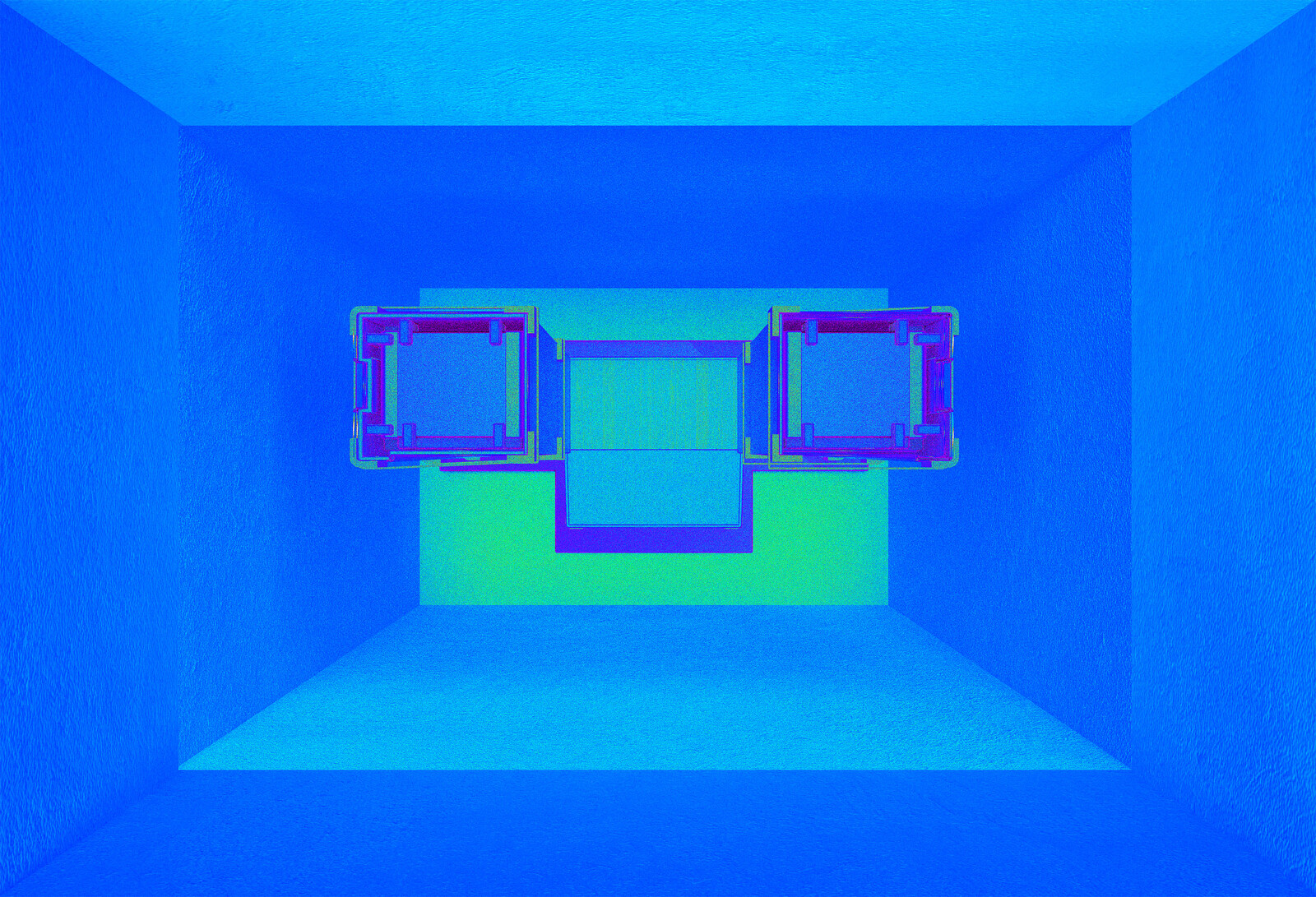
Laida Aguirre, Speakers Crate Heatmap, from Careful Crates: A Culture of Shipping, 2018, video still.
Laida Aguirre, Couch Crate Heatmap, from Careful Crates: A Culture of Shipping, 2018, video still.
Over the last few years, aided by digital tools, commercial architecture has witnessed a bifurcation. On the one hand, inventory has retreated further from view and into the realm of the logistical, creating a bigger, more anonymous warehouse. On the other, the point-of-sale has moved closer to the realm of image and the temporary (pop-up everything), reducing the square footage of their physical spaces while investing in making them more visually impactful. The storefront becomes a kind of image-space; a statement location; a branded experience; a space that offers a totalizing image of the brand; an occupiable moodboard. Their choice of materials, texture, color, and lighting produce calculated scenographies; backdrops for overt influence.
As we spend more time deciphering product specifications on websites, there is also an increasing number of tools that help bridge the lack of information created by distance: shipping speed, clear specifications, fit information… Whereas before, retail was concerned with the real-time event—things like customer analytics based on eye-scanning and attention span measurements in order to strategically place inventory—now it is concerned with fine tuning “remoteness.” It relies on legible digital catalogs with high-resolution visualizations and clear specifications of the otherwise distant inventory; all ways to overcome the loss of material intuition that occurs on the screen. Tools involved in visualizing measurements, material types, and quantities here become the focus of retail experience design.
Specification aesthetics is starting to become further digitalized, with 360° views, videos, and AR all attempting to more totally capture and communicate an object: how a particular fabric drapes; what the complete form is; what the tactile experience is. Representing objects and clarifying information is an intrinsic aspect of these interfaces and their aesthetics. These efficiencies are usually presented as working in the consumer’s favor, but are vested with the interest of reducing customer returns which are a huge expense for retailers. These systems embody the libidinal features of contemporary capitalism: they are presumed to be needed, but are also suspect. Their efficiencies both satisfy and repulse.
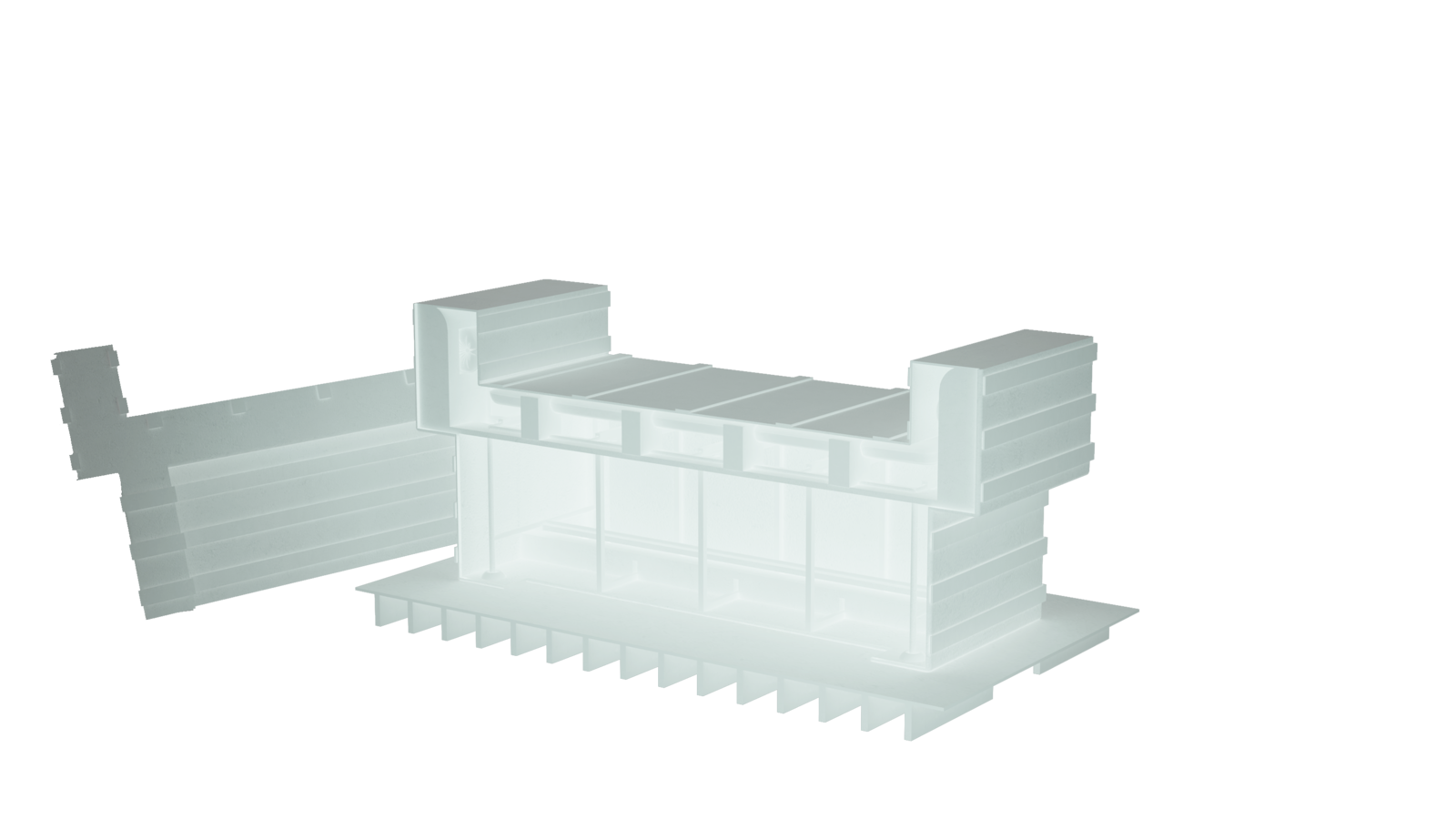
Laida Aguirre, Couch Crate, from Careful Crates: A Culture of Shipping, 2018.
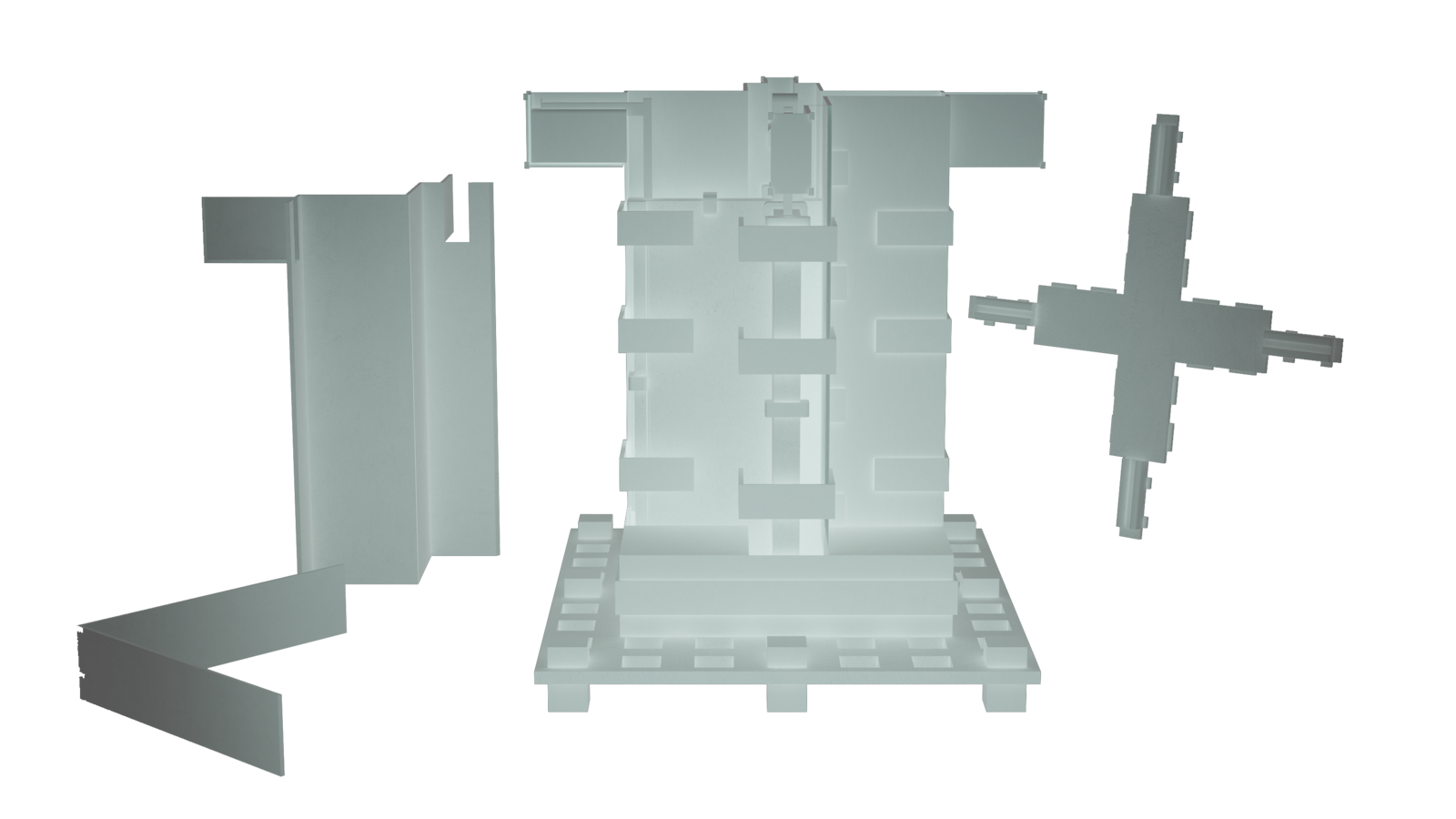
Laida Aguirre, Display Rack Crate, from Careful Crates: A Culture of Shipping, 2018.
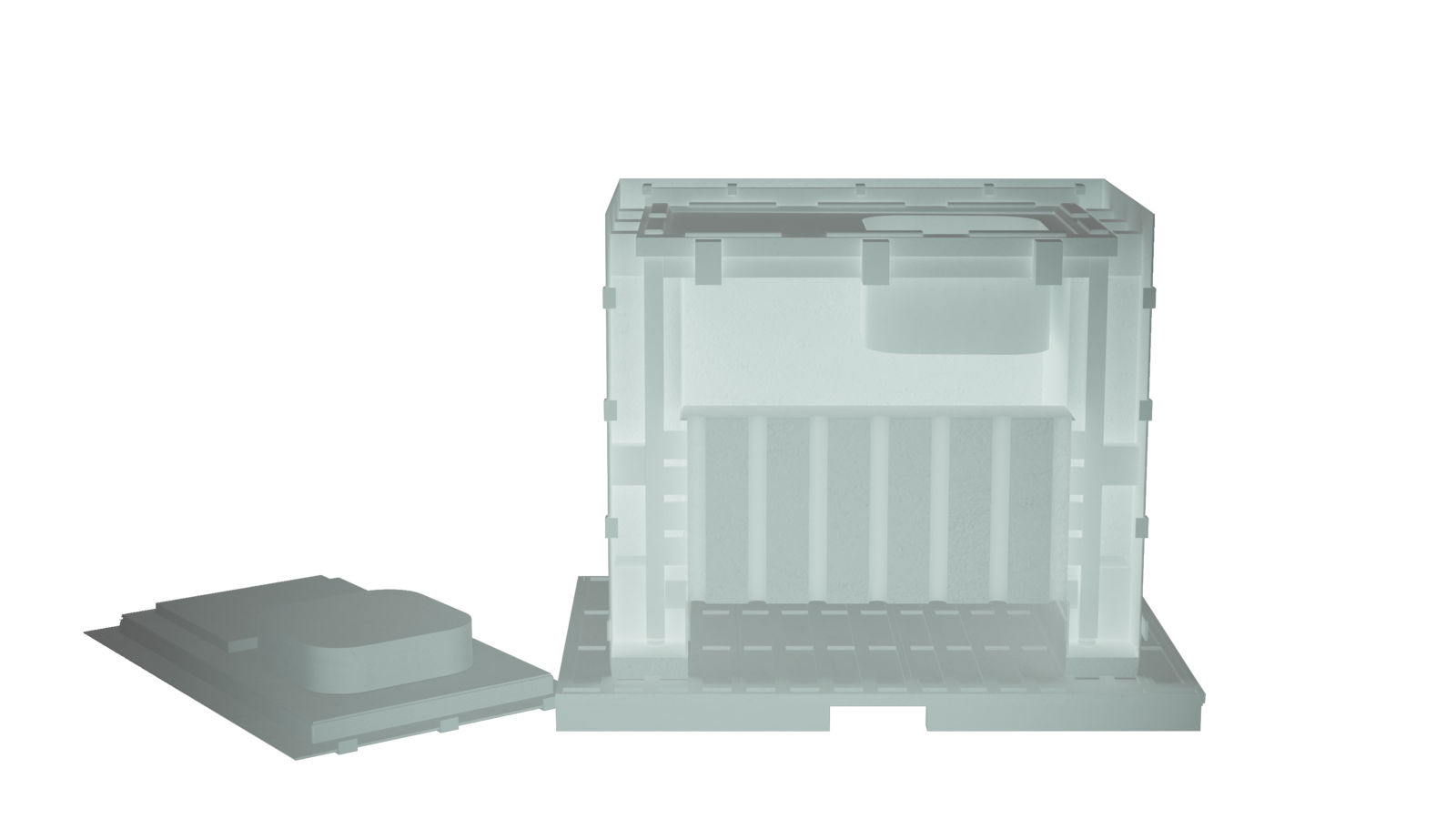
Laida Aguirre, Sink Crate, from Careful Crates: A Culture of Shipping, 2018.
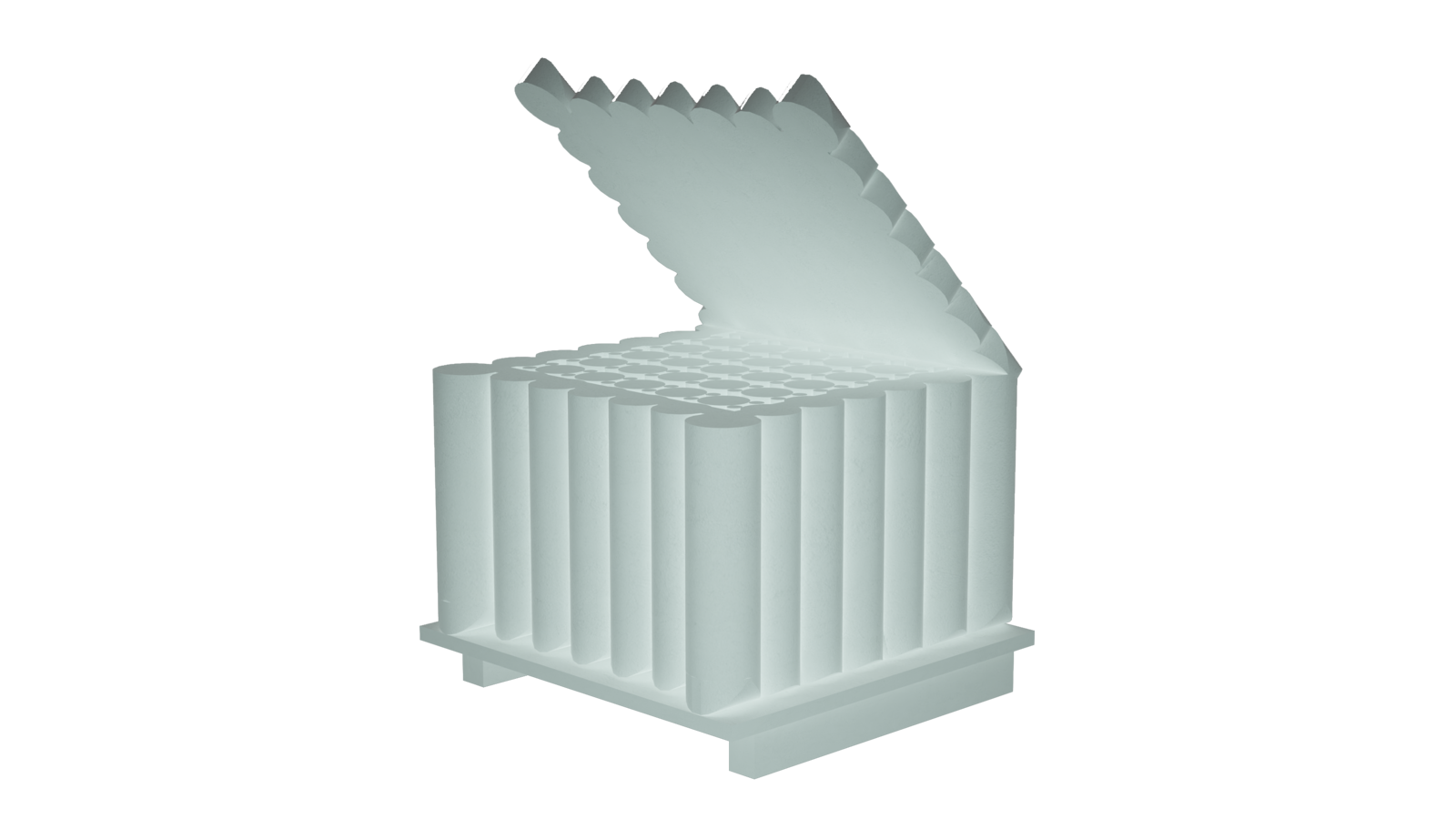
Laida Aguirre, Tubes Crate, from Careful Crates: A Culture of Shipping, 2018.
Laida Aguirre, Couch Crate, from Careful Crates: A Culture of Shipping, 2018.
E-commerce was originally presumed to be the deathknell of brick and mortar retail. While this might have been true for some big-box retail stores, most point-of-sale spaces have simply adapted. New commercial typologies have emerged. Whereas inventory storage and the point-of-sale used to be an all-in-one experience, these constituent parts are now fragmented and then recombined into different digital-physical configurations. Our desires, our habits, our weaknesses, our compulsions; these have perhaps always been the economic frontier of capitalism, but today, the consumer is being closed in on from both ends: in how the product is delivered to them and how they are delivered to the product.
Retail and other point-of-sale architecture have historically created some of the more dynamic social spaces. In the proverbial “downtown,” the presence of commercial interests in the social realm is nothing new. In exchange for exposing one’s self to constant insinuation, commercial spaces tend to provide safe and entertaining environments. But as retail becomes further digitalized, it will also become further mediated, and as it becomes more efficient, it has the power to redefine the social as such, all based on what it offers.
No longer bound to identifiable commercial zones, retail is now more conspicuous and present than ever. Often smaller in scale or more temporary than traditional brick and mortar retail, these are the tools and objects that will define the city to come. The presence of a brand or commercial interest alone has the ability to change the nature of space. Spam can be IRL. Architecture will have a crucial voice in negotiating the character of the social environments to come, both digital and physical. Within the image as a spatial medium and the hybridity of digital materiality lies new territory for architecture to act anew, the scale, medium, and character of which are yet to be defined. Within this expansion of commerce, whether it is at the level of the object, system, or image, there is vast space for the reinterpretation and reimagination of social space anew. Digital or not.
Christopher Jobson, “Artist Walead Beshty Shipped Glass Boxes Inside FedEx Boxes to Produce Shattered Sculptures,” Colossal, January 9, 2017, ➝.
Claus Pias, “Wer sein Leben im Griff hat, kann einpacken: Der Umzugskarton als Medium der Selbstinventur” (If you master your life you can pack the moving box as a medium of self-inventory), Frankfurter Allgemeine Zeitung, May 5, 1999, cited in Alexander Klose and Charles Marcrum, The Container Principle: How a Box Changes the Way We Think (MIT Press, 2015).
Becoming Digital is a collaboration between e-flux Architecture and Ellie Abrons, McLain Clutter, and Adam Fure of the Taubman College of Architecture and Urban Planning.



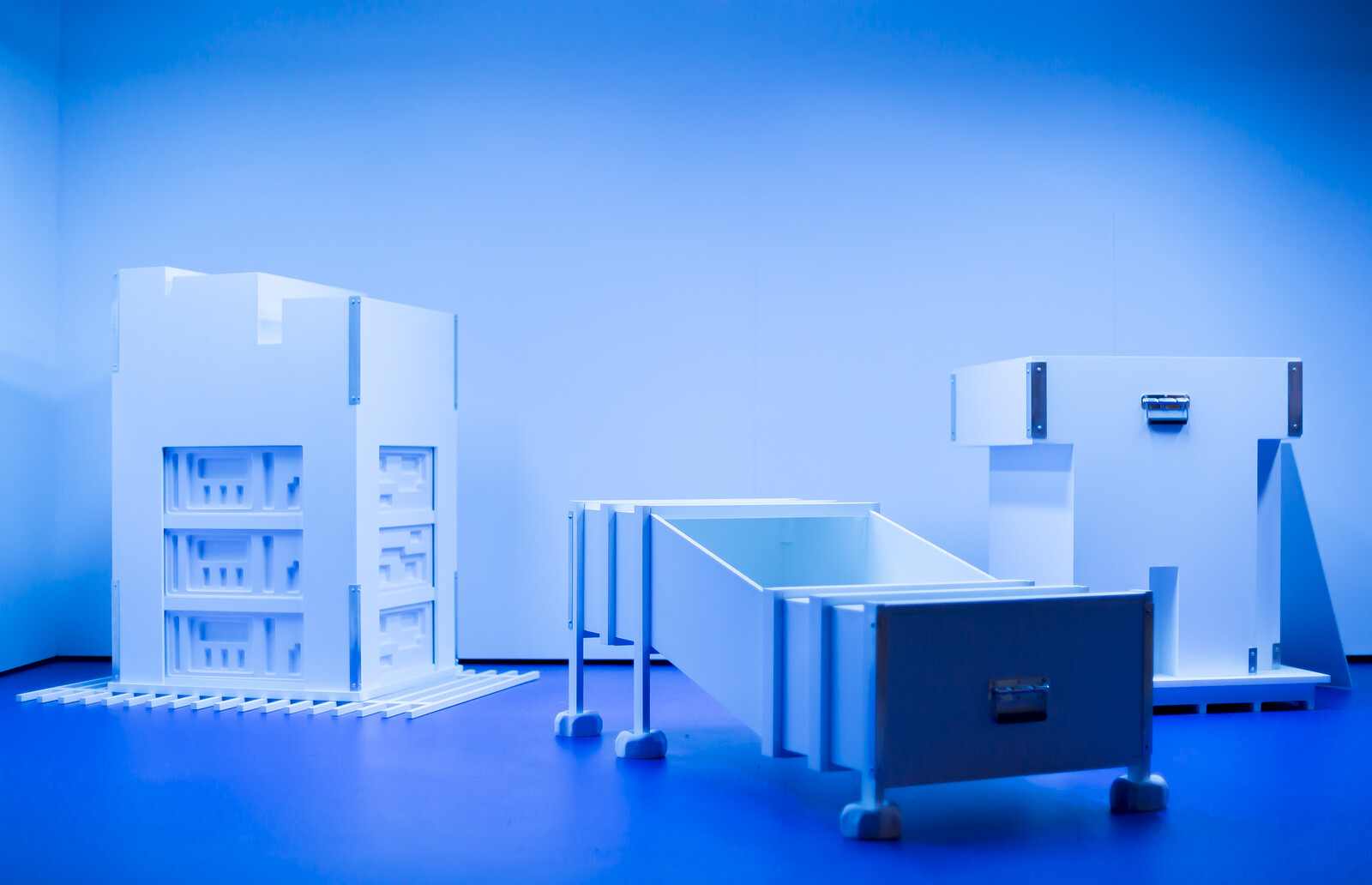

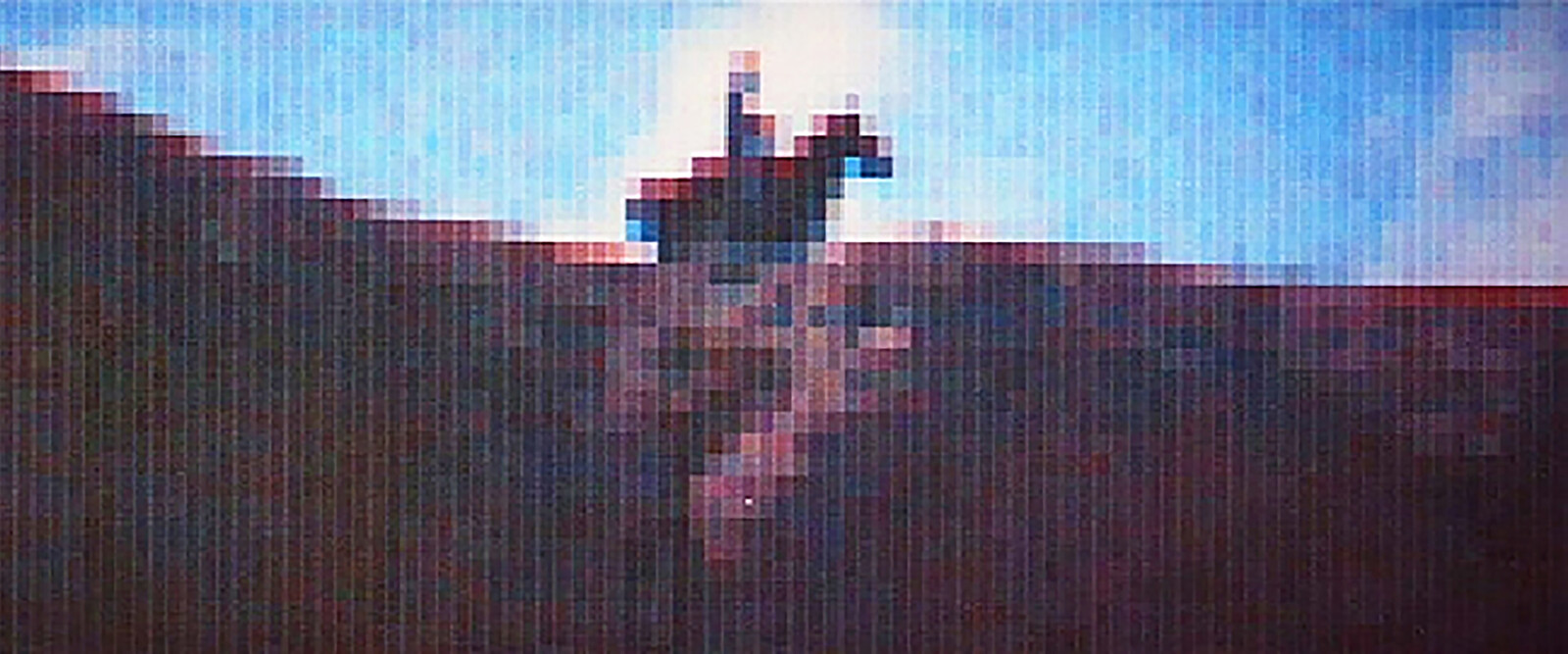
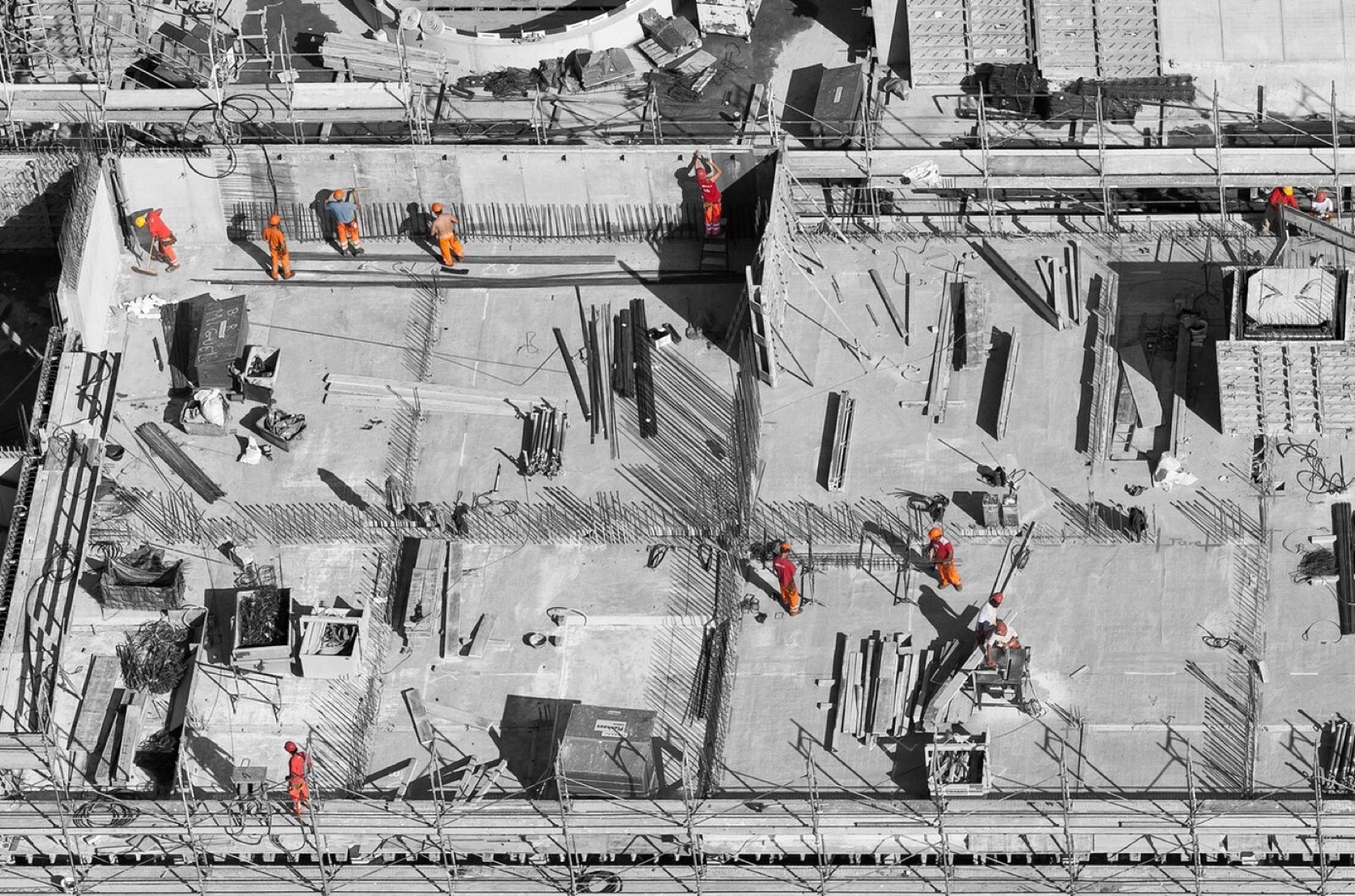
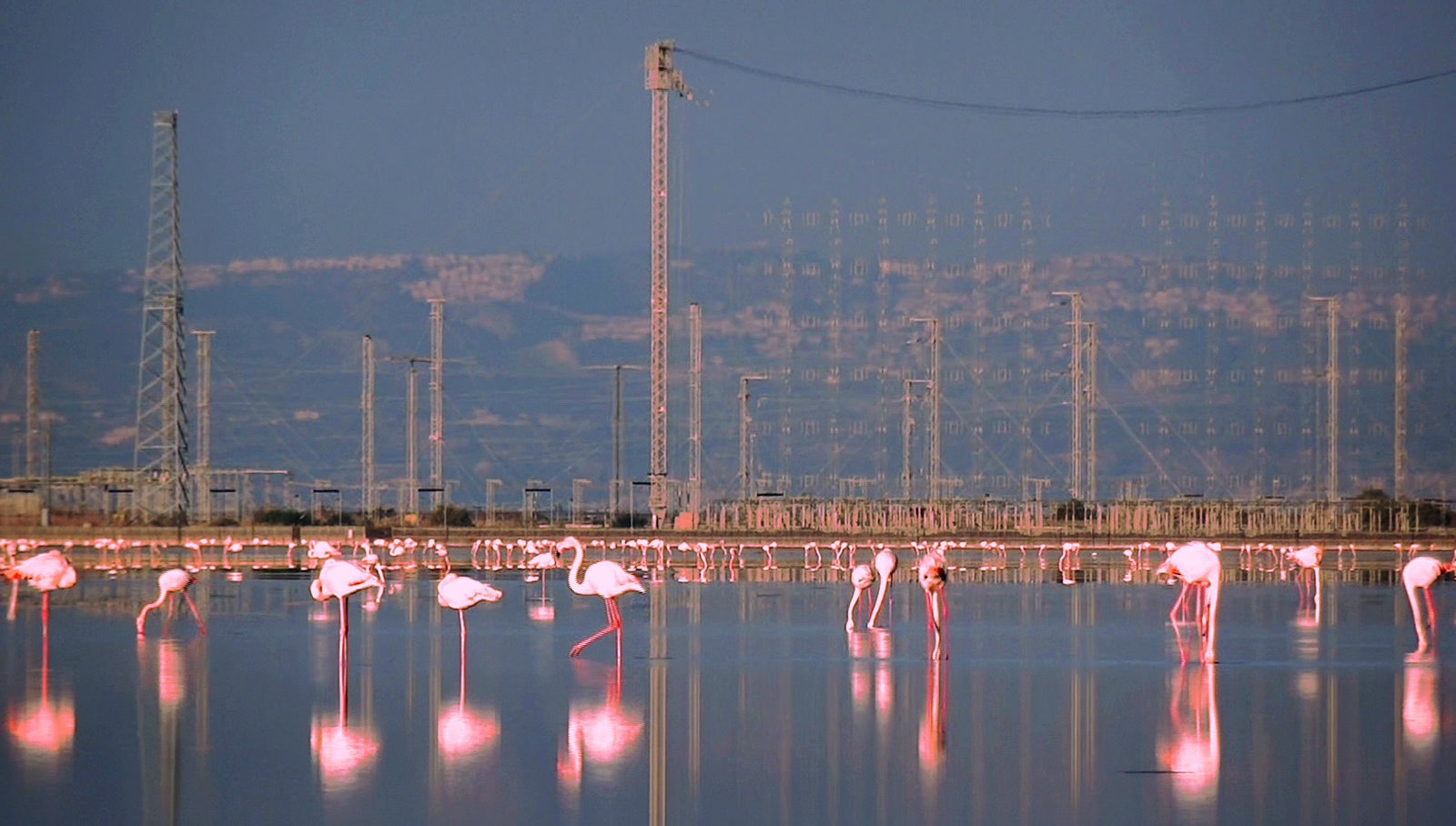
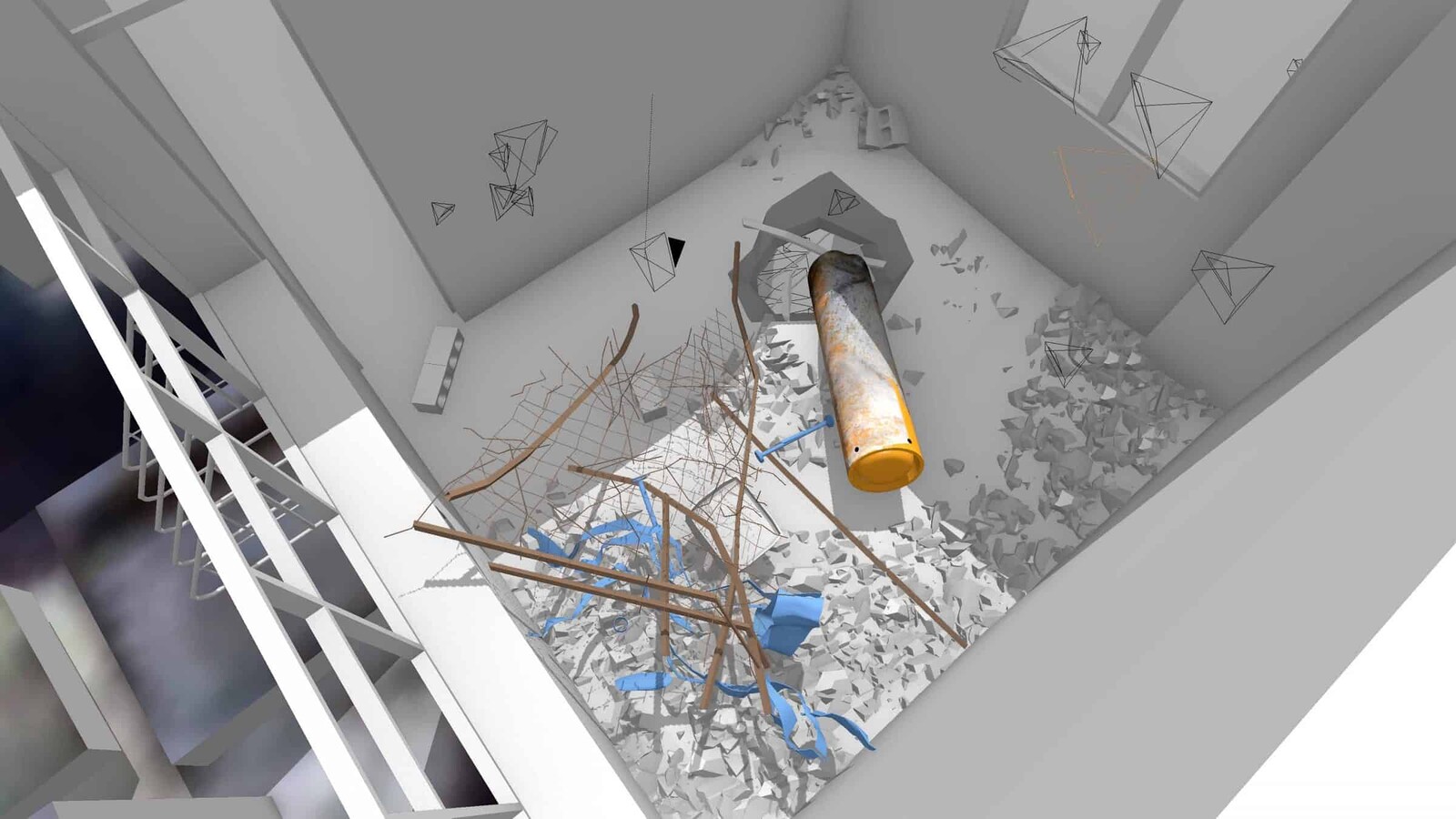
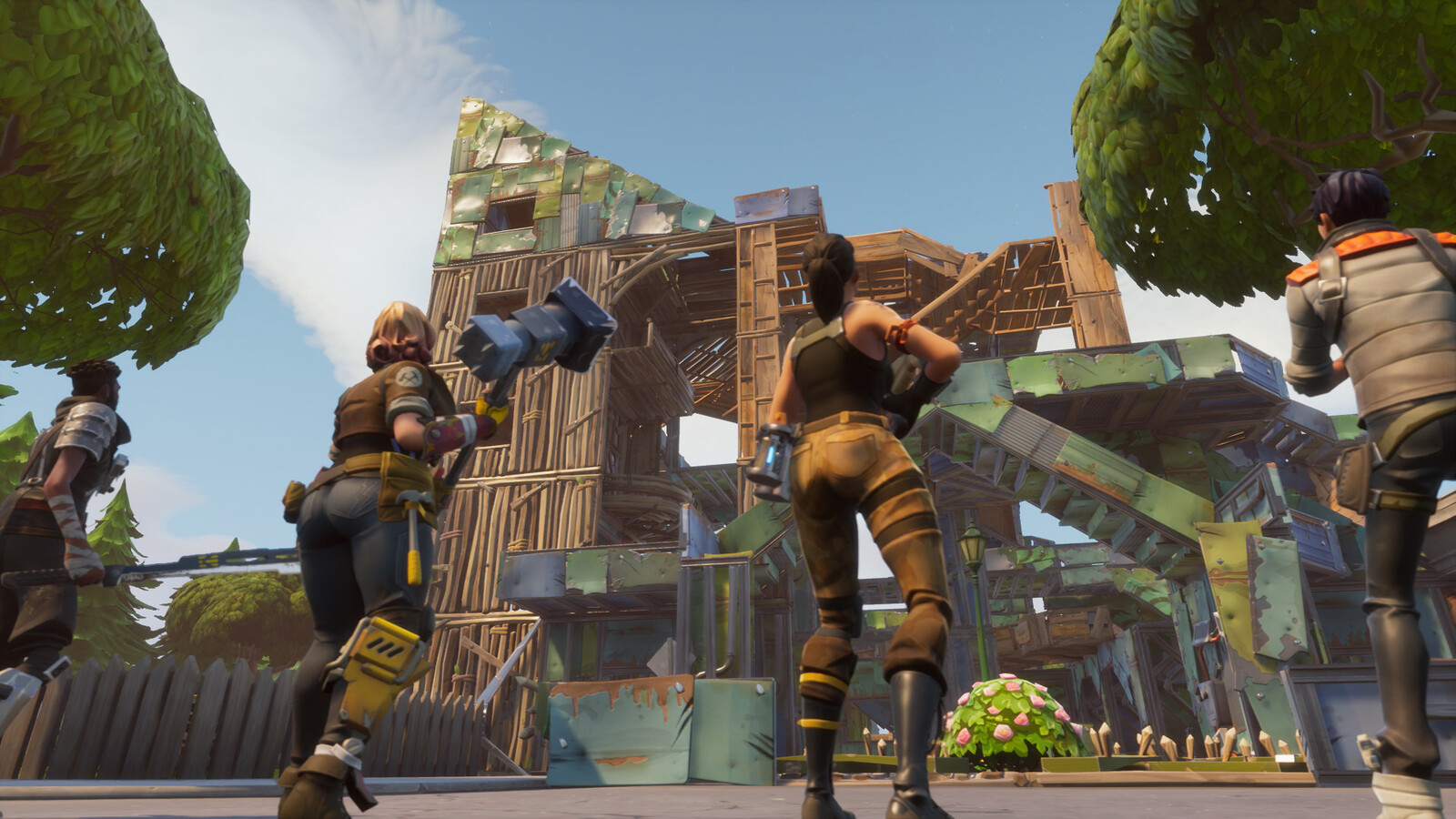

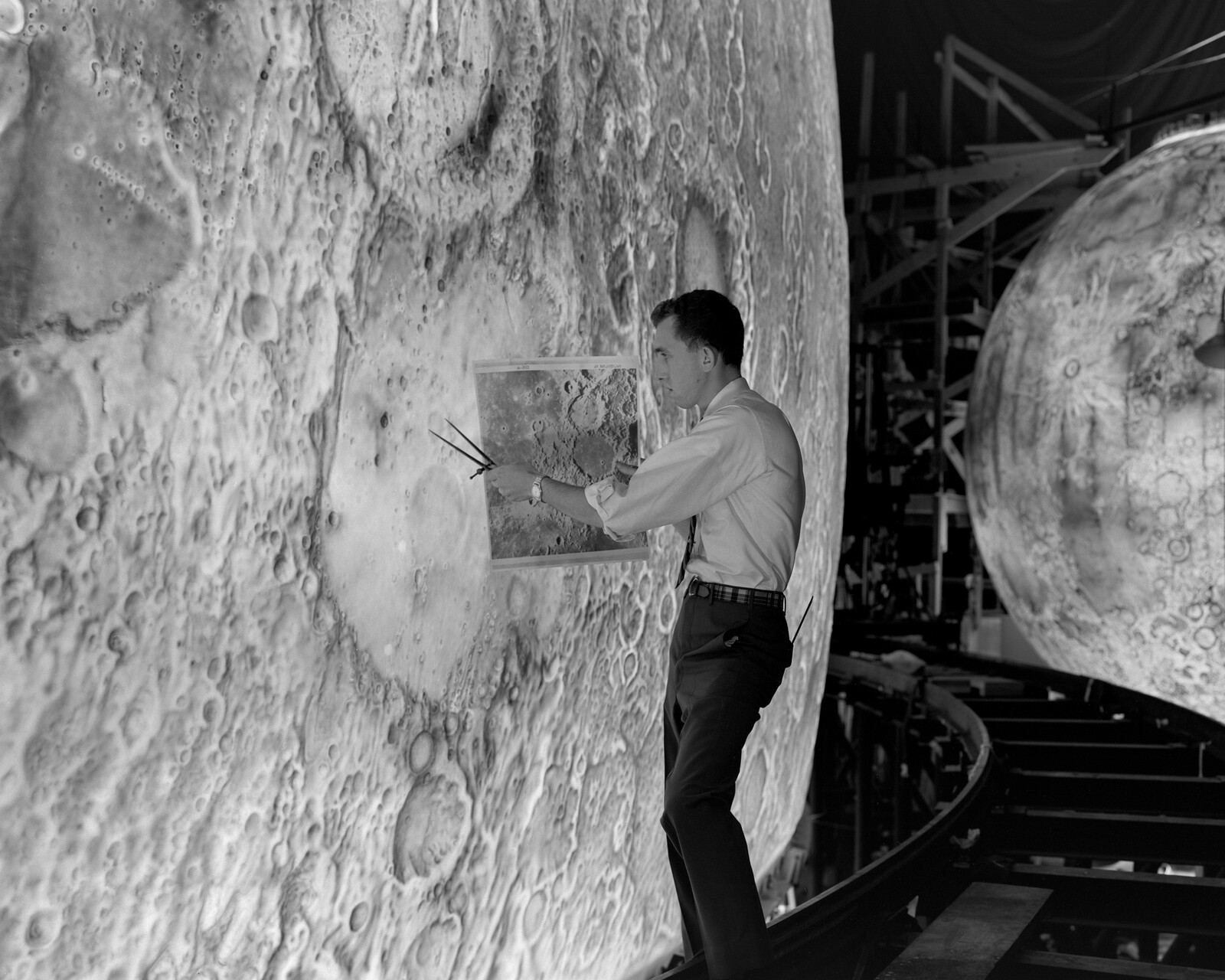
.jpg,1600)


